How To Start Mac In Recovery Mode 2024 Guide
However, it might be difficult to access Recovery Mode if you are new to macOS or aren’t tech-savvy. Therefore, in this step-by-step guide, I’ll explain how to start Recovery Mode on your Mac. But first, let’s understand what Recovery Mode is and what you can do with it.
What is Recovery Mode on Mac?
Recovery Mode is a special boot environment in macOS that provides access to a suite of powerful utilities and tools designed to fix various software and hardware issues on Macs. Files for Recovery mode are stored on a separate partition from the one used to boot macOS. You can consider Recovery Mode as an isolated mini-operating system that can run independently from macOS, allowing you to access critical recovery tools without affecting your primary installation. Recovery Mode essentially serves as a lifeline when your Mac fails to operate normally. It offers a safe and controlled environment to diagnose and fix issues.
Things you can do in Recovery Mode on Mac
Reinstall macOS on your Mac if you’re experiencing major software issues. Use Terminal to access helpful command-line tools. Restore your files from a Time Machine backup stored on an external drive. Set a Startup Disk if you have connected several bootable drives to the Mac. Access and use Share Disk to transfer your files between compatible Macs. Open Disk Utility so you can fix disk errors or completely erase your Mac. Access Safari to quickly troubleshoot any issue and contact Apple Support.
How to start Apple Silicon Macs in Recovery mode
If you are using a Mac running on an M1, M2, or M3 series chip, you need to follow the steps below to boot Mac in Recovery Mode.
How to start Intel-based Macs in Recovery mode
Unlike Apple Silicon Macs, steps to access Recovery mode on Intel-based are somewhat different and require users to press a key combination during the boot sequence. Here’s how it all works:
How to start Mac in Internet Recovery mode
If your Mac’s boot drive is corrupted or you’ve connected a blank storage drive without macOS on it, your computer will flash a question mark folder icon whenever you press the power button and shut down. In such cases, you’ll need to boot the Mac in Internet Recovery mode to reinstall macOS. Internet Recovery mode allows your Mac to install the necessary recovery tools from Apple servers.
On Intel-based Macs
On Apple Silicon Macs
Internet Recovery mode is only available on Intel-based Macs released after 2009 that can run OS X Lion or above. On Apple Silicon Macs, the Internet Recovery mode is bundled with the standard macOS Recovery Mode, so booting your Apple Silicon MacBook into Internet Recovery isn’t different from booting into standard Recovery. In either case, you will require an internet connection. Unlike Intel-based Macs that automatically ask you to connect to your Wi-Fi network, you will need to ensure the Apple Silicon Mac is connected to Wi-Fi by clicking the Wi-Fi icon at the top.
How to exit Recovery Mode on Mac
Once you’re done using the utilities in Recovery Mode on your Mac, it’s essential to know how to exit this boot environment and return to macOS. Fortunately, this is quite simple, as I have shown below: If you initiate a restart, your Mac will automatically exit Recovery Mode and attempt to boot into the regular macOS environment. If you’ve successfully fixed errors that necessitated the use of Recovery Mode, your Mac should now turn on and load macOS from the boot partition as usual. Wrapping up… There you have it, folks. By following the steps outlined in this guide, you will be able to easily start Recovery mode on your Mac to access powerful utilities for troubleshooting various software and hardware issues. If you have any additional questions, please leave them in the comments section. 🗣️ Our site is supported by our readers like you. When you purchase through our links, we earn a small commission. Read Disclaimer. View all posts
Δ


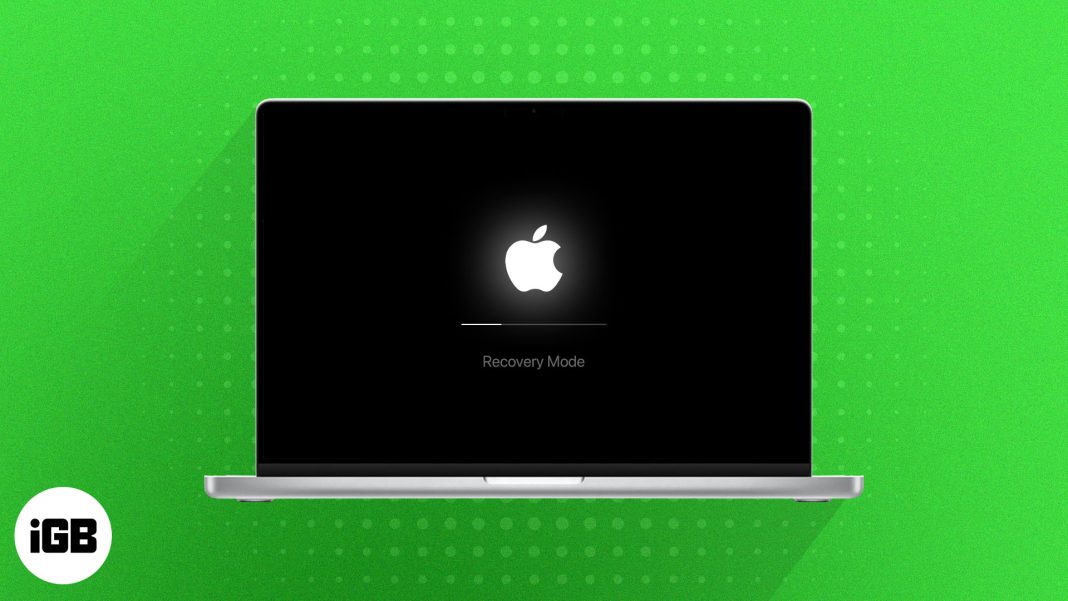
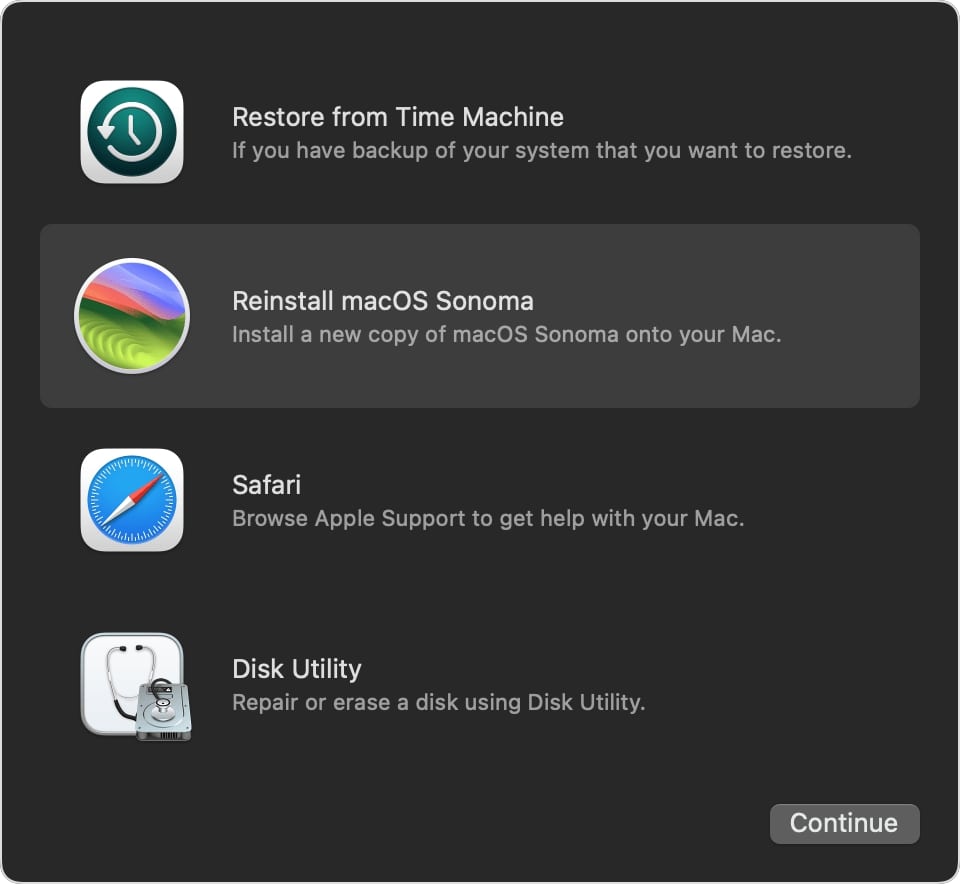
![]()
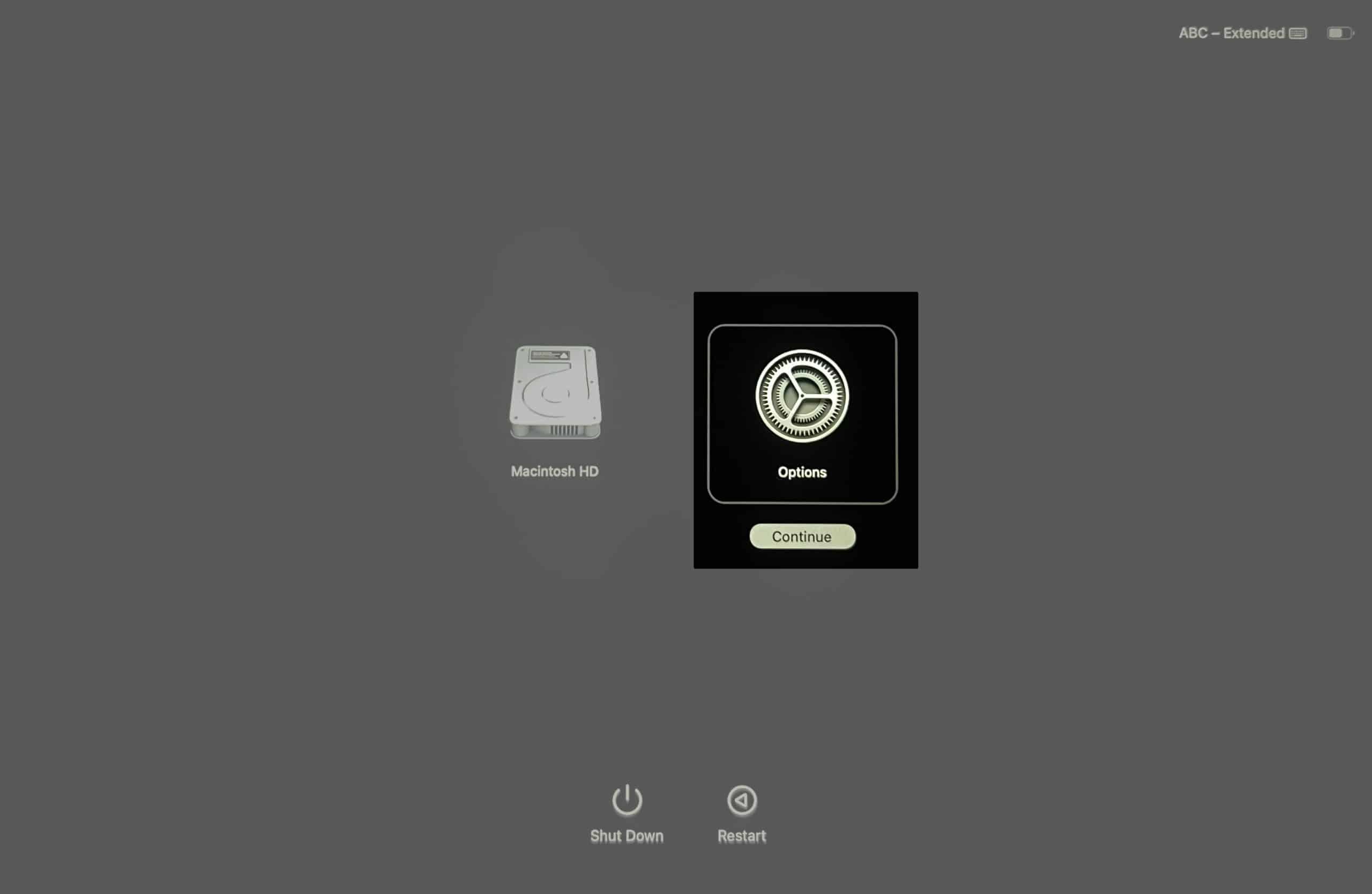
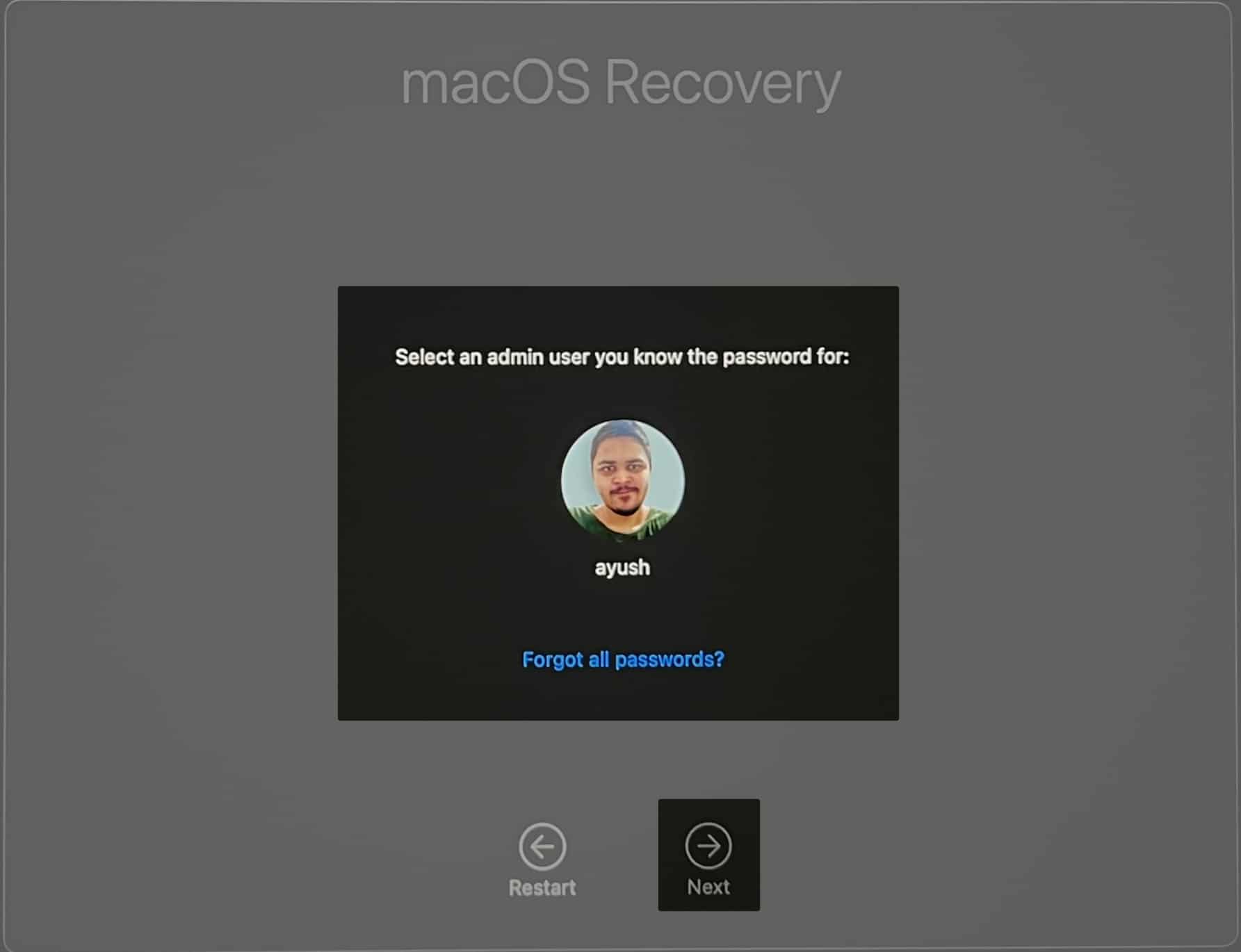
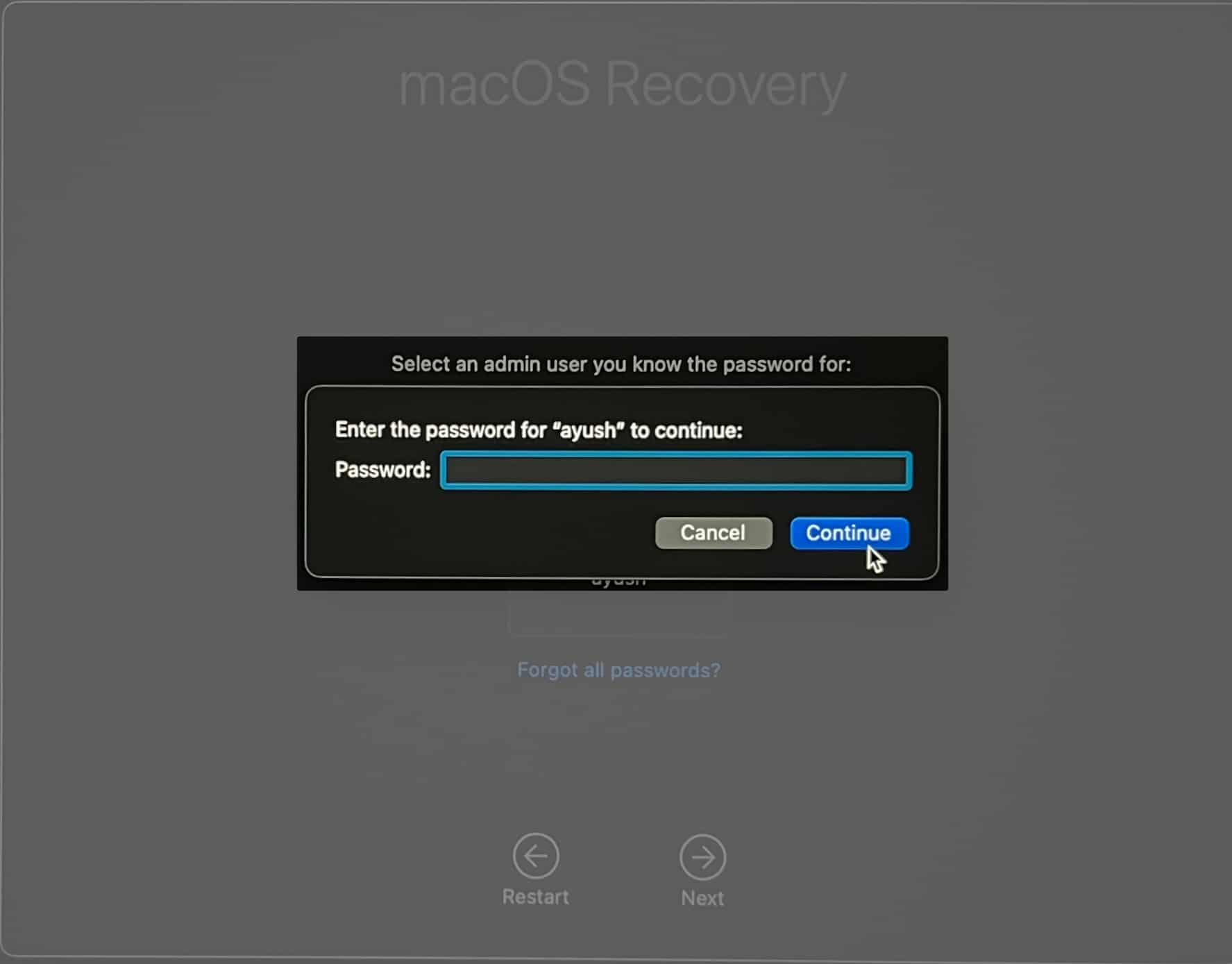

![]()